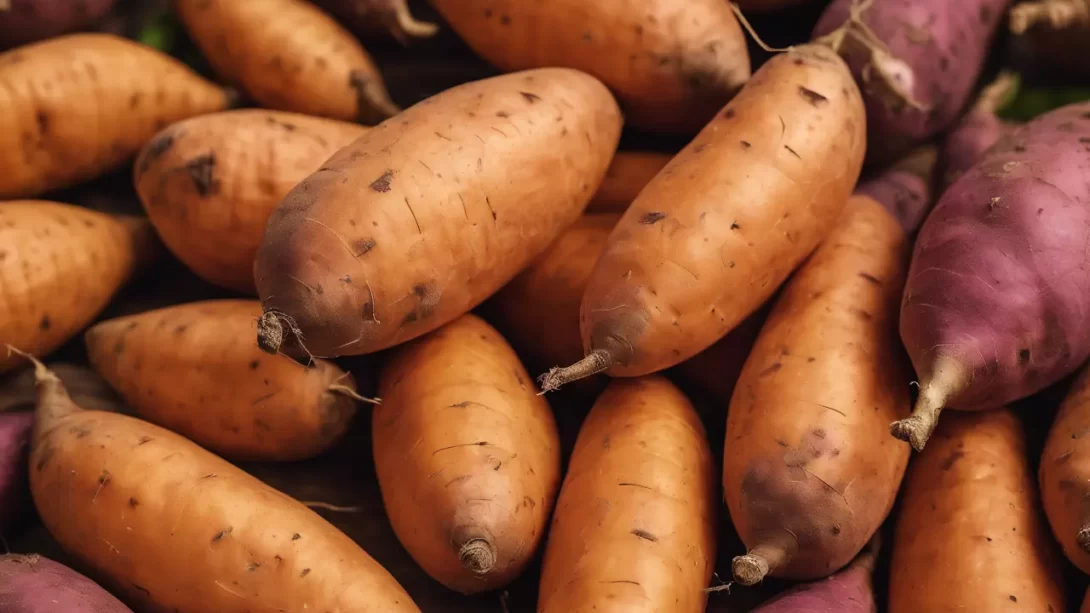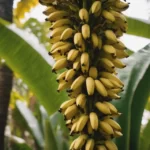Camote, known by various names around the world, is a versatile and nutritious root vegetable that has found its way into diverse cuisines. Whether called sweet potato, yam, or camote, this tuber holds a special place in culinary traditions globally. In this exploration, we’ll uncover the botanical features of camote and delve into its culinary uses, discovering why it is a staple in many households.
Botanical Features
Scientifically classified as Ipomoea batatas, camote belongs to the morning glory family. This hardy, vining plant is characterized by heart-shaped leaves and produces tuberous roots that vary in color, including orange, purple, and white. The plant’s adaptability to various climates and soil types makes it a resilient and valuable crop for both traditional and modern agriculture.
Culinary Uses
Camote is a culinary gem appreciated for its versatility. It can be prepared in numerous ways, such as baking, boiling, or frying, each method bringing out unique flavors and textures. Commonly used in both sweet and savory dishes, camote adds depth to soups, stews, and casseroles, while also being a key ingredient in pies and desserts. Beyond its delicious taste, camote is celebrated for its nutritional value, offering a rich source of vitamins, minerals, and fiber. The culinary uses of camote extend across cultures, making it a beloved and nutritious addition to diverse cuisines worldwide.
Cultivation
Cultivating camote requires attention to specific conditions to ensure a bountiful harvest. This hardy plant thrives in warm climates and well-drained soil, with a preference for slightly acidic to neutral pH levels. Adequate sunlight and consistent moisture contribute to the successful growth of camote vines. Depending on the variety, camote can be cultivated through slips (small rooted shoots) or vines, offering flexibility in farming practices. Understanding the ideal conditions and cultivation methods is essential for ensuring a healthy and productive camote harvest.
Cultural Significance
Camote holds cultural significance in various cuisines, deeply embedded in culinary traditions and practices. In many cultures, camote is a staple food, providing sustenance and versatility in the kitchen. It plays a prominent role in festive dishes and celebrations, symbolizing abundance and prosperity. Beyond its culinary importance, camote is often woven into cultural rituals and traditions, reflecting its significance beyond the dinner table. The cultural ties to camote showcase its enduring presence as not just a food source but a symbol of community, tradition, and the rich tapestry of culinary heritage around the world.
Health Benefits
Camote boasts a range of health benefits, making it more than just a flavorful addition to meals. Packed with essential nutrients, including vitamins A and C, fiber, and various antioxidants, camote contributes to overall well-being. Its low glycemic index makes it a favorable choice for managing blood sugar levels. Additionally, the presence of beta-carotene, which gives certain varieties their vibrant color, is linked to eye health and immune system support. The nutritional profile of camote, combined with its culinary versatility, positions it as a valuable ingredient for those seeking a healthy and balanced diet.
Conclusion
In conclusion, camote emerges not only as a delicious and versatile root vegetable but also as a nutritional powerhouse with cultural significance. From its botanical features and cultivation to its culinary uses deeply rooted in traditions, camote weaves a story of resilience, adaptability, and global interconnectedness. Whether enjoyed in savory dishes, desserts, or cultural celebrations, camote stands as a testament to the richness of our culinary heritage. Its health benefits further underscore its importance as a staple, offering nourishment and flavor to tables worldwide. As we continue to explore and appreciate the diverse facets of camote, it becomes clear that its significance extends far beyond the kitchen, embodying the essence of cultural identity and well-being.



